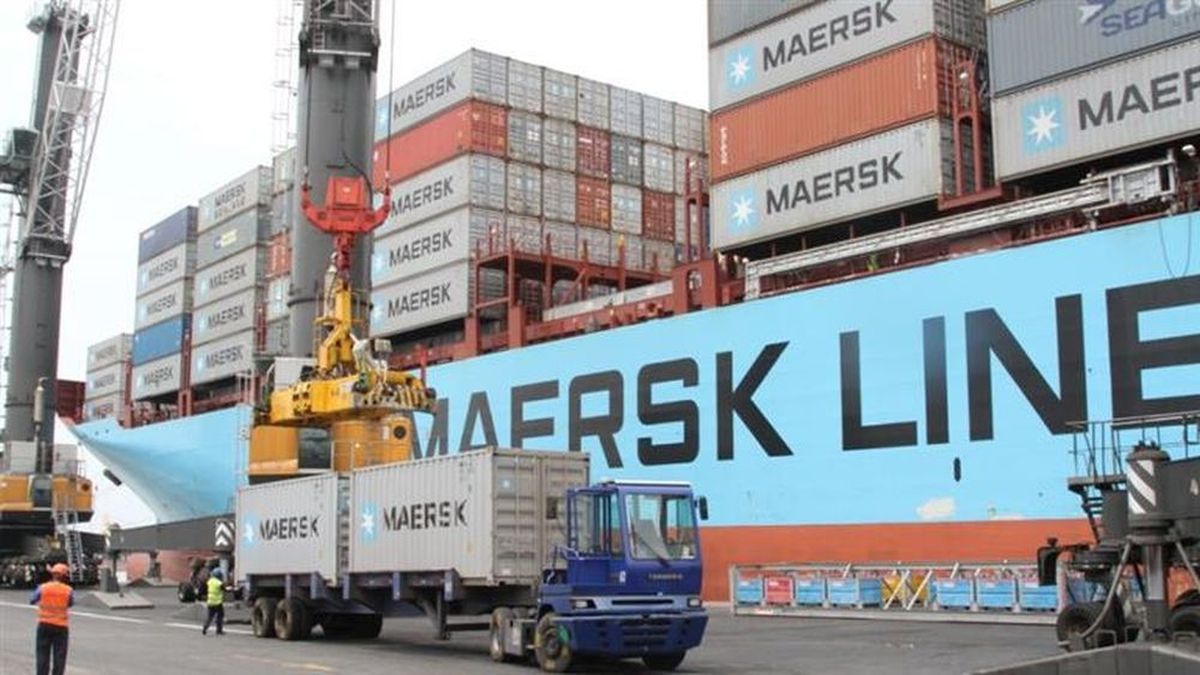Clean energy is no longer a futuristic option, but a reality that is redefining the way the world generates and consumes electricity.
In the midst of a global climatic crisis and the urgent need to reduce carbon emissions, the transition to renewable sources has accelerated, with record investments and technological advances that make a sustainable and affordable energy system more viable for all.
A boom in investments and technological development
Worldwide, investment in renewable energy reached 115 billion dollars In 2024, which represents unprecedented growth in solar, wind and green hydrogen projects[1].
Meanwhile, advances in energy storage, intelligent networks and transport electrification are helping clean sources more reliable and accessible.
Countries like China, the United States and the European Union lead the transition with more than the 40% of its electrical matrix from renewable.
Latin America, with its vast potential in natural resources, is not far behind. Currently, the region generates more than 60% of its electricity from renewable sourcesbut faces infrastructure and financing challenges.
Chile and Brazil have emerged as leaders in the development of green hydrogen, with projections to generate More than 15 GW in the next decade.
The challenge of transport and electrification
One of the sectors with the greatest environmental impact is transport, which continues to depend largely on fossil fuels. In Latin America, Only 2% of the car park is electricwhile in Europe this figure already reaches the 14% And the 40% for 2030[2] (). The lack of load infrastructure and the high initial costs have been barriers for the adoption of electric vehicles in the region. However, fiscal incentive initiatives and subsidies could accelerate this transition in the coming years.
Innovation and digitalization in clean energy
The rise of artificial intelligence and blockchain are revolutionizing the way in which energy is managed and distributed. Companies that have integrated these technologies have achieved reduce your emissions by 20% in just three yearsby optimizing distribution networks and improving efficiency in energy consumption [3] . Digitization also allows consumers actively participating in the energy transition, with distributed generation systems that convert homes and businesses into energy producers.
The balance between costs and sustainability
The great challenge for clean energy remains its affordability. According to an Accenture study, The cost of electricity could represent more than 9% of family income If appropriate strategies are not implemented to balance investments and demand[4]. To ensure that the transition is fair and inclusive, it is essential that governments and the private sector work together to generate accessible incentives and financing schemes.
Conclusion: An energy future available
The clean energy revolution is underway and does not show signs of deceleration. The combination of intelligent policies, technological innovation and adequate financing can convert renewable energies into the backbone of the global energy system.
Latin America, with its wealth in natural resources, has the potential to become a leader of this transformation, as long as the necessary measures are taken to overcome existing barriers. The question is no longer whether we will achieve a future based on clean energy, but How fast we can make it come true.
Senior Sustainability Manager of Accenture Argentina.
[1]Recipation Net Zero Report: Fast-tracking Progress: https://www.accenture.com/us-en/insights/sustainability/destination-net-zero
[2] The Energy Providers Guide To Net Zero: https://www.accenture.com/content/dam/accenture/final/accenture-com/document-3/accenture-the-energy-providers-guide-to-net-zero .pdf
[3] Renewable Energy Digital Study Case Transformion: https://www.accenture.com/us-en/case-studies/industry-x/coriance-data-driven
[4] The Energy Provider’s Guide to Net Zero: https://www.accenture.com/us-en/insights/utilities/energy-providers-guide-net-zero
Source: Ambito
David William is a talented author who has made a name for himself in the world of writing. He is a professional author who writes on a wide range of topics, from general interest to opinion news. David is currently working as a writer at 24 hours worlds where he brings his unique perspective and in-depth research to his articles, making them both informative and engaging.




